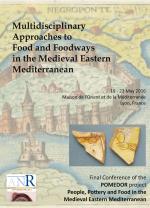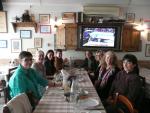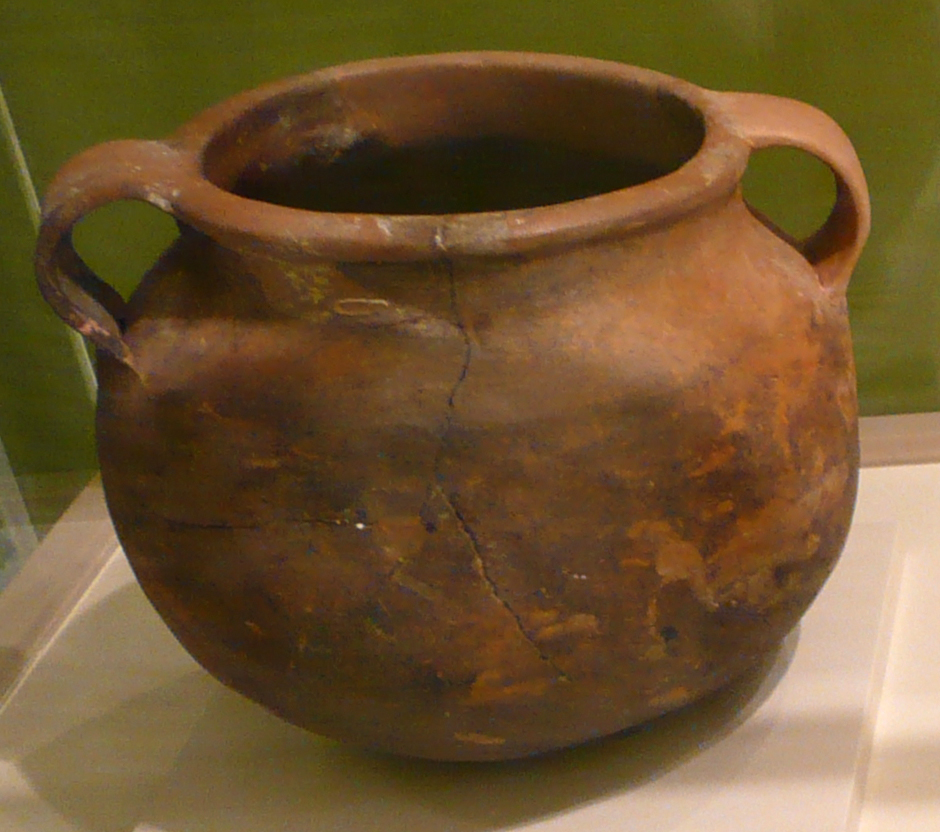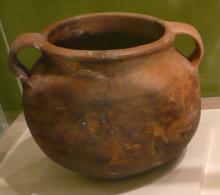Preliminary results of the organic residue analysis of 13th century cooking wares from a household in Frankish Paphos (Cyprus)
Residues analysis was carried out on medieval cooking wares from a closed context in Paphos, Cyprus, to see if different food and foodways could be identified in local pots and pans and in cooking wares imported from Frankish Beirut.






